Whisky has been described as beer that's grown up, but whisky production requires skill & time. Pull back the curtain and learn the details, plus tasting notes from Glen Moray Single Malt Scotch Whisky tasting.
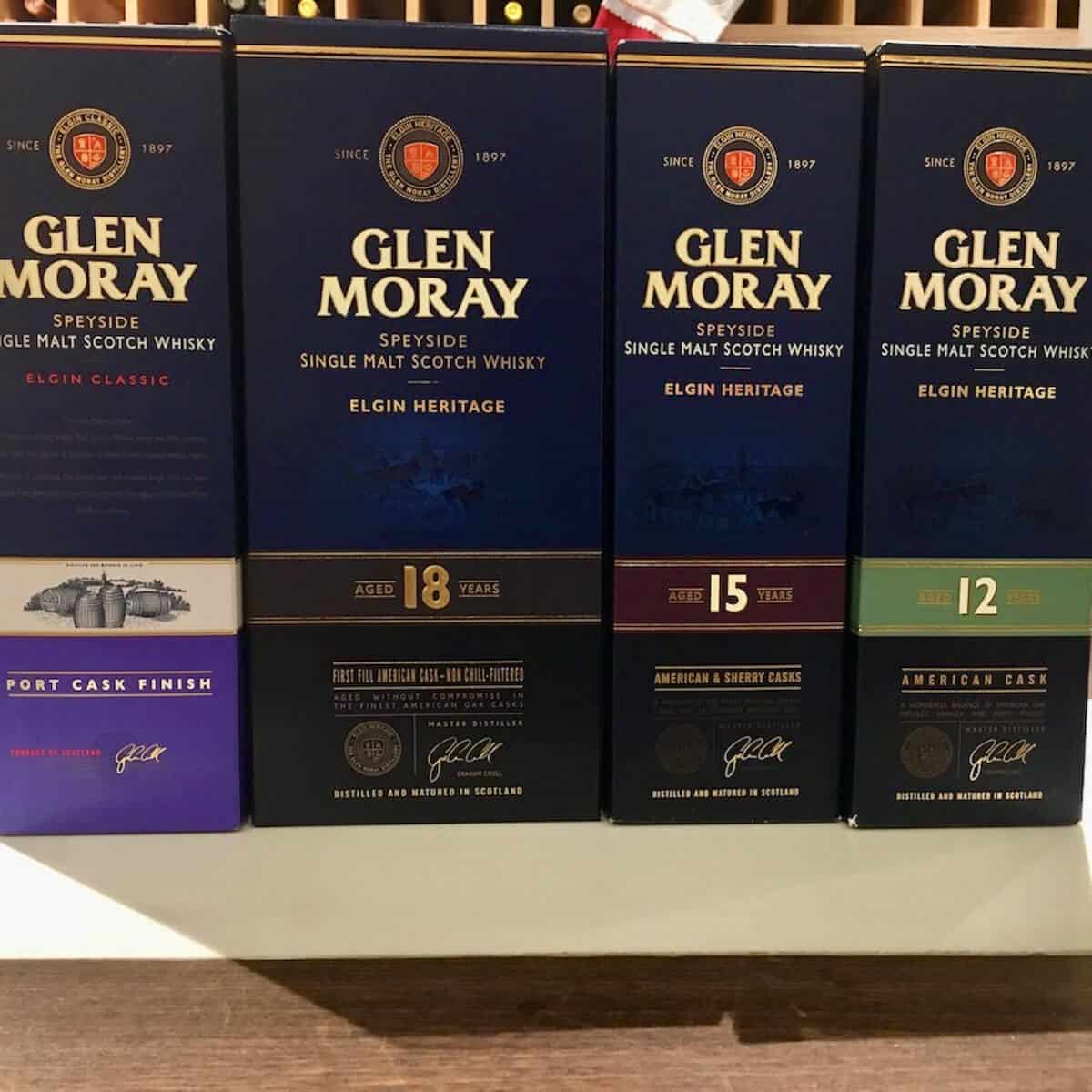
I’ve heard whisky described as “beer that’s grown up.” You make beer, distill and age it, then drink (responsibly, of course).
Is the process of making uisge-beatha (pronounced “ooska-veha” and literally means “water of life” as Irish monks of the early Middle Ages called their precious liquid) really that simple?
Well, yes and no.
There is a lot of nuance and skill only years of experience can bring that goes into every step of the process, and each distillery has a Master Distiller for a reason (not every Tom, Dick, or Tammy can pull it off). But at its most fundamental, the steps to whisky production are fairly straightforward.
Let’s pull out the blackboard and review, shall we?
How is whisky made?
There are plenty of YouTube videos about the whisky making process. Glen Moray's video takes you through their whisky production process step by step. I took notes, so you can sit back as I put on my robes and mortarboard for a quick lesson…
[Nerd Alert…if you want to skip down to the tasting notes to avoid ruining your sleep cycle with my droning, feel free, but you won’t do as well on the test later.]
- Whisky is the generic name for a distilled product made from fermented cereal extracts as malted barley or other grains which is then aged in oak casks for a period of time
- Scotch whisky is aged for a minimum of 3 years
- Whisky is produced with 3 ingredients: water, yeast, and grains, which can be either solely or a combination of barley, wheat, corn, or rice (the video didn’t mention rye, but it’s also an ingredient in many whiskeys)
- Single Malt whisky is produced with malted barley at a single distillery, while Blended whiskies can be made of different fermented cereals and from different distilleries
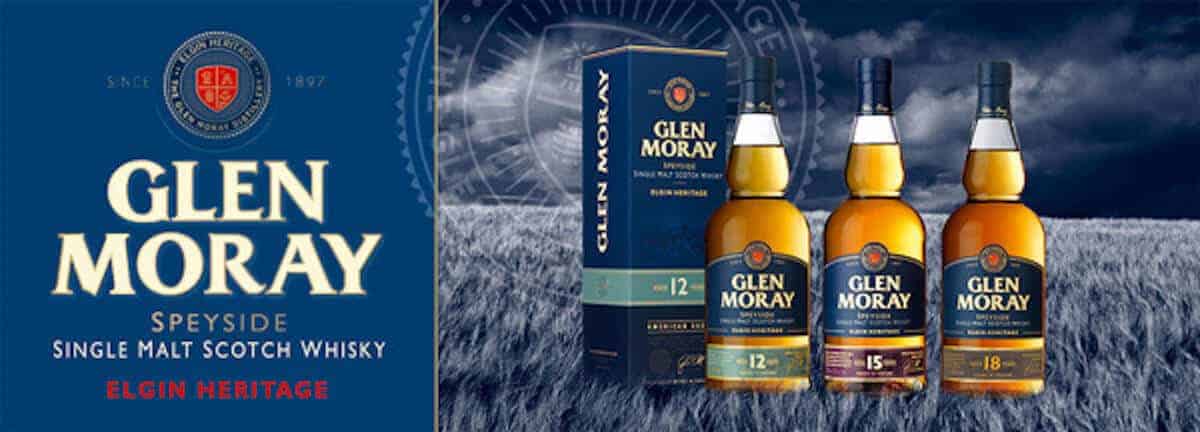
How Glen Moray makes whisky
In a nutshell, here’s how Glen Moray’s Single Malt whisky is made:
- Malting
- barley is steeped in water for 3 days to start the germination process, then laid out to continue germinating for 1 week (now called green malt)
- the green malt is transferred to a kiln and dried for 75 hours to stop the germination process. Peat smoke can be used in the kiln if a smoky whisky is desired
- Milling & Mashing
- the dried malt is ground up in the mill, producing grist
- grist is mixed in a large mash tun and mixed with hot water at 64°C (147°F) where the malt’s starches are converted to sugars, resulting in sweet wort
- Fermentation
- sweet wort is transferred to a wash back and is turned into alcohol by the addition of yeast, a process that can take up to 60 hours
- the alcohol content is around 8.5% ABV, and the liquid is called wash (aka beer!)
- Distilling
- the wash is twice boiled in copper stills for 6 hours each (the wash still and the spirit still) where the copper creates certain flavors and removes unwanted compounds
- the spirit travels through the spirit safe where the purest part (or cut) of the spirit is taken and then re-distilled, producing new make spirit
- Maturation
- new make spirit is put into casks that usually have been previously used to create bourbon or other aged spirits
- the filled casks are put into warehouses where they slowly mature for many years, allowing the whisky to grow in complexity and depth of flavor
How’s that for a brief master class? Is your brain dribbling out your ears? How about a drink (or at least a description of one…)?

Glen Moray Single Malt Scotch Whisky
At Gordon’s DTX, December 20, 2017
Glen Moray Classic Chardonnay Cask
Tasting Notes
- Nose: sharp white grapes, malted grain, Almond Roca toffee, oak
- Taste: cream and heat, cloves, minerality, thick-ish,
- Finish: the minerality fades slowly almost to menthol
- Comments: very interesting, I really like the “terroir” quality, gives a sharp flavor that’s quite pleasant
Glen Moray Classic Port Cask
Tasting Notes
- Nose: warm baked plums, light hay, little bit of banana, butterscotch
- Taste: soft entry, buttery, caramel, banana, medium-thick body, almost a bit of corn sweetness
- Finish: a very soft pepper slowly shows up with some cinnamon
- Comments: a very nice entry into the line
Glen Moray Elgin Heritage 12yr
Tasting Notes
- Nose: oak, vanilla to white chocolate, grain
- Taste: very oaky, oily & thick, mellow
- Finish: coats the mouth with cinnamon and vanilla
- Comments: it’s a nice, approachable sip; slightly sweet
Glen Moray Elgin Heritage 15yr
Tasting Notes
- Nose: vanilla first, sweet peaches, slightly caramel
- Taste: medium body, sweet, creamy but soft, crème brulée and pine
- Finish: the vanilla custard continues long
- Comments: the best of the lot, silky and sweet, this is quintessential Speyside pine. Excellent!
Glen Moray Elgin Heritage 18yr
Tasting Notes
- Nose: oak and mango, grains, pineapple
- Taste: very oily and thick, evergreen, the higher proof gives a quicker hit of spice
- Finish: the cinnamon fades quickly
- Comments: it’s a bit of one note, thick and rich; with water gets creamier and tames the spice hit, but still thick and rich. Very good for a one-note flavor

Final thoughts
And now for the whisky production test...who remembers what the mash tun is? Don’t all call out at once. How about green malt? Spirit safe?
Very good…you all pass.
Now let’s all pour out a dram of our favorite spirit and toast to those who discovered and perfected this incredible process. Kudos!

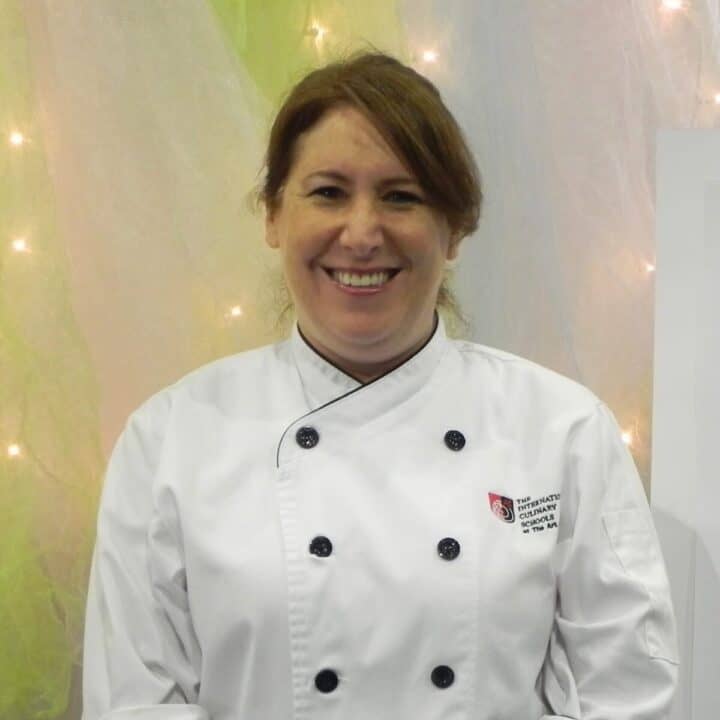

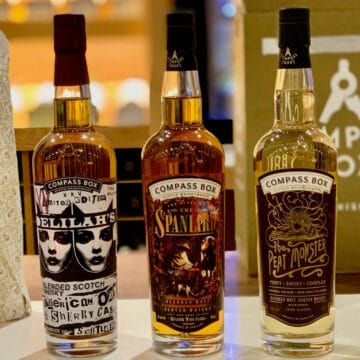
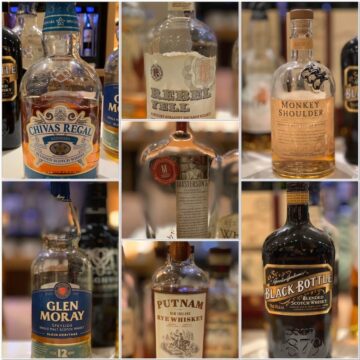
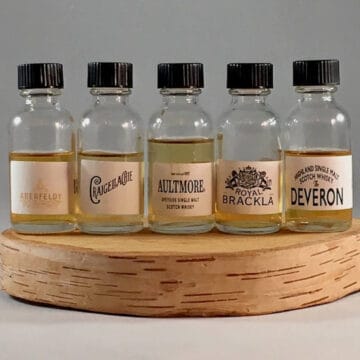
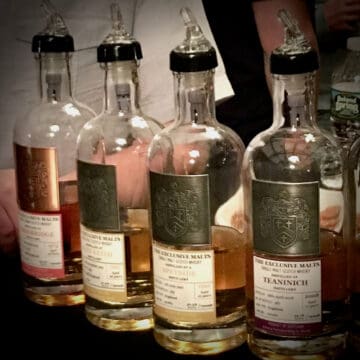

Let's Talk